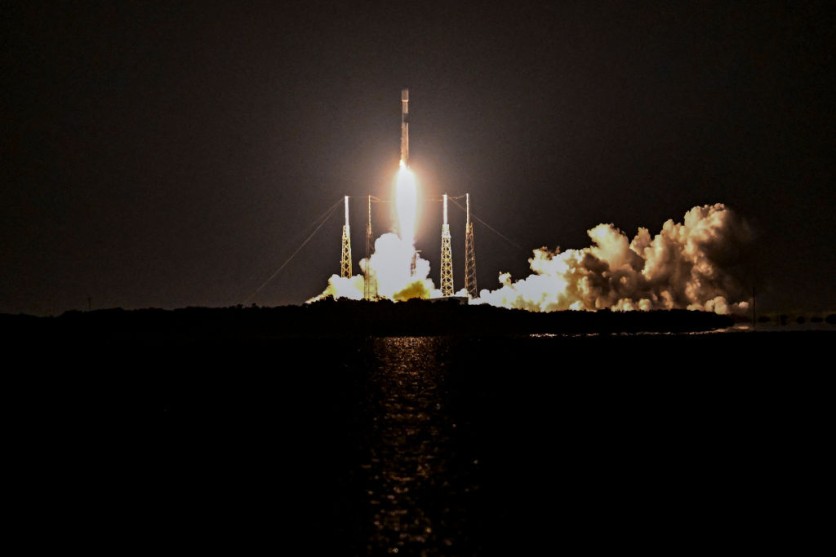The SpaceX Falcon 9 rocket recently launched the BlueWalker 3 satellite, which is the biggest commercial communications array flown in space by AST SpaceMobile, according to Interesting Engineering.

It also marks the company's heaviest rideshare payload and first-ever five-engine burn mission to deploy payloads in orbit.
SpaceX CEO Elon Musk stated on a tweet that it was one of their "most complex" missions.
One of our most complex missions
— Elon Musk (@elonmusk) September 9, 2022
Astronomers are Worried
The BlueWalker 3 satellite has its structure pointing towards the Earth. This worries astronomers because of the array antenna reflecting sunlight to Earth. As a result, this cause blinding streaks of light on astronomical images that may compromise scientific data.
And it's not only that. Following BlueWalker 3, SpaceX could send over 100 satellites, the BlueBirds, to orbit by the end of 2024. The Bluebirds are operational satellites, which means that they can produce brighter lights. Additionally, since they are larger, they could interfere with scientific data. It's possible that these satellites, once they're out there, could shield astronomers' views of the cosmos.
SpaceX is not the first to worry astronomers. In fact, the US military and astronomers have been battling over space-based solar power for decades. Most of the time, this battle has been successfully avoided. However, there have been cases where the US military has restricted access. On the other hand, there are cases when astronomers have protested against the US military because of their space solar power possibilities.
Also Read: SpaceX's Holy Grail is Starship? Here's Why This Rocket is Irreplaceable
The Advantage to Consumers
Despite it interfering with scientific data, BlueWalker 3 remains appealing to the consumer market. This is because the satellites will link directly to mobile phones. Therefore, there is no need for a cell tower. Users don't need to install a dish and a space router on the ground to connect to the internet. Rather, they can simply connect to the satellite and enjoy fast internet connection.
SpaceX's creation of satellite is a feat in itself. A successful launch, however, is not enough to claim victory. Everything that goes into sending a satellite into space also comes with risk. The SpaceX launch is a huge step forward for the company. Its success also brings interest in SpaceX and what they have to offer.
SpaceX's Falcon 9 rocket may have made history and opened new innovation, but it also has raised new concerns and fears that could interfere with scientific data. And because of this, astronomers might have to deal with these new concerns.
It's very clear that SpaceX is not stopping with the BlueWalker 3. They will keep on launching the satellites. It's also very likely that they will keep on increasing their fleet of satellites.
Related Article: SpaceX: Starlink Satellites Disintegrate Without Debris and Parts Falling Back to the Earth [WATCH]
This article is owned by Tech Times
Written by April Fowell
ⓒ 2025 TECHTIMES.com All rights reserved. Do not reproduce without permission.




